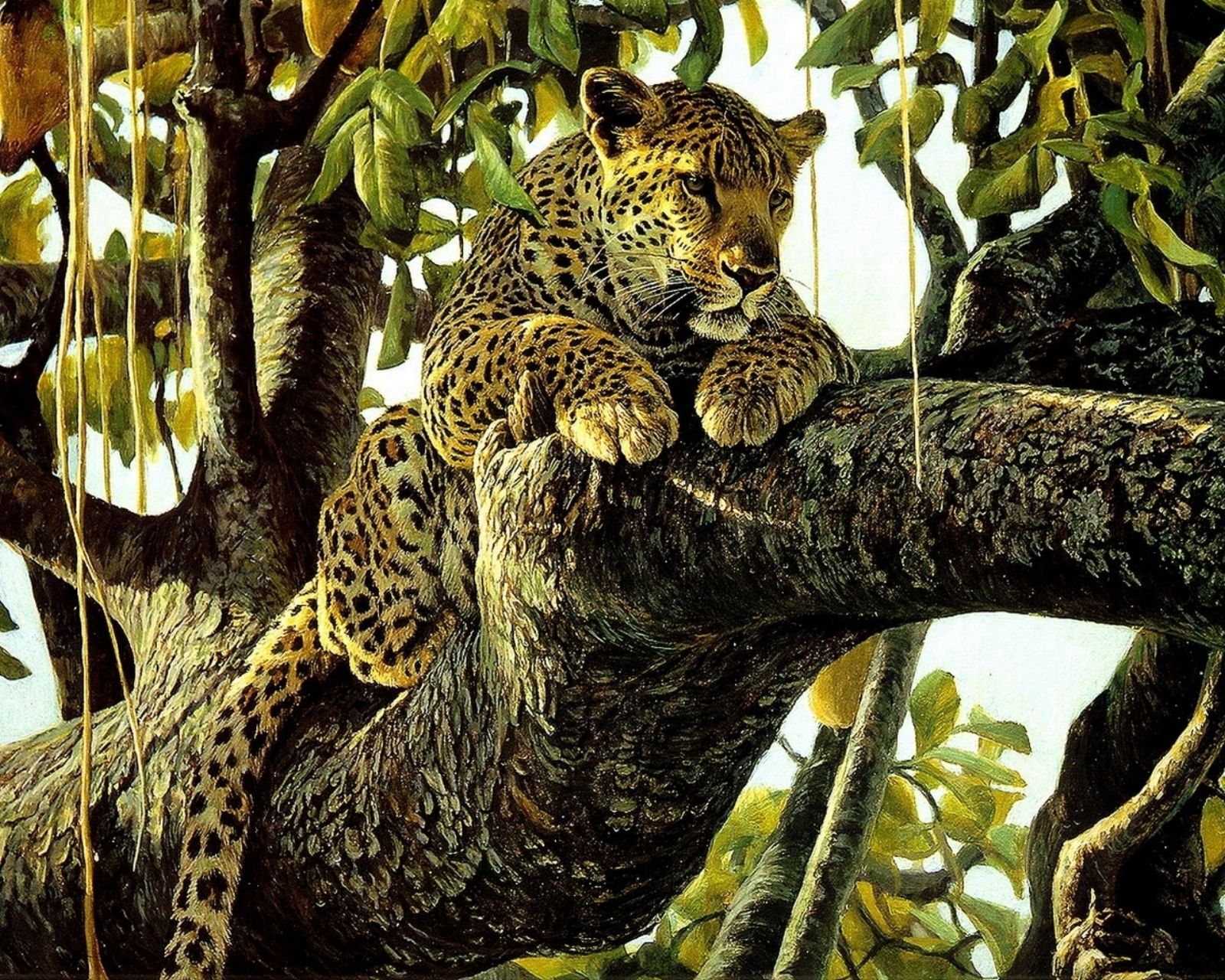Difference between revisions of "Leopard"
Tao alexis (talk | contribs) |
Tao alexis (talk | contribs) |
||
| Line 18: | Line 18: | ||
| special = [[Pounce|pounce]], [[Raking|raking]], [[Surprise (combat)|surprise]] on a 1–3,<br>surprised only on a 1 | | special = [[Pounce|pounce]], [[Raking|raking]], [[Surprise (combat)|surprise]] on a 1–3,<br>surprised only on a 1 | ||
}} | }} | ||
| + | The '''leopard''' thrives across a wide variety of climates, ranging from sub-arctic regions to tropical environments. Notable species include the snow leopard (also called the ''Amur'' leopard), the Javan leopard, the black panther, the Arabian leopard, and the commonly recognized African leopard. These majestic [[Animal|animals]] possess soft fur with colouration that varies from nearly white to yellowish and dark golden tones, adorned with distinctive dark spots forming rosettes. Leopards living in colder northern climates develop longer fur to adapt to their environment. Their natural colouring and stealthy behaviour make them exceptional at hiding, enabling them to '''surprise''' prey with remarkable ease. | ||
| − | |||
| − | [[File:Leopard.jpg|left|350px]] | + | |
| + | |||
| + | [[File:Leopard.jpg|left|350px|thumb]] | ||
The male is about 40% larger than the female; both have the same number of hit dice. Leopards have short legs and a long body, with a large skull. They are solitary animals; the male and female separate after mating, with the latter tending to raising the cubs. If a leopard is caught as a cub and [[Leopard Training (sage ability)|properly raised]], a resultant adult will be tame; leopards are often kept as pets. | The male is about 40% larger than the female; both have the same number of hit dice. Leopards have short legs and a long body, with a large skull. They are solitary animals; the male and female separate after mating, with the latter tending to raising the cubs. If a leopard is caught as a cub and [[Leopard Training (sage ability)|properly raised]], a resultant adult will be tame; leopards are often kept as pets. | ||
Revision as of 16:58, 25 January 2025
| Species | feline |
| No. Appearing | 1–2 |
| Behaviour | social (family) |
| Range | alpine, desert, jungle, rainforest, savanna, steppe, veldt, woodland |
| Size | 28 in. at the shoulder |
| Weight | 190 lbs. |
| Intelligence | 3 |
| Armour Class | 6 |
| Hit Dice | 3+2 |
| Action Points | 6 |
| Max. Stride | 21 |
| THAC0 | 19 |
| Hp/Die | d8 |
| Attack Forms | 3: two claws; fangs |
| Damage | claw (1-4); fangs (2–8) |
| Special Attacks | pounce, raking, surprise on a 1–3, surprised only on a 1 |
The leopard thrives across a wide variety of climates, ranging from sub-arctic regions to tropical environments. Notable species include the snow leopard (also called the Amur leopard), the Javan leopard, the black panther, the Arabian leopard, and the commonly recognized African leopard. These majestic animals possess soft fur with colouration that varies from nearly white to yellowish and dark golden tones, adorned with distinctive dark spots forming rosettes. Leopards living in colder northern climates develop longer fur to adapt to their environment. Their natural colouring and stealthy behaviour make them exceptional at hiding, enabling them to surprise prey with remarkable ease.
The male is about 40% larger than the female; both have the same number of hit dice. Leopards have short legs and a long body, with a large skull. They are solitary animals; the male and female separate after mating, with the latter tending to raising the cubs. If a leopard is caught as a cub and properly raised, a resultant adult will be tame; leopards are often kept as pets.
Advantages
Leopards can climb trees very skillfully, often resting on tree branches and jumping downwards onto its front feet. Leopards attack after rushing forward at considerable speed, leaping four combat hexes in addition to its movement; enabling it to close the distance quickly with its prey. The leopard can perform this leap between trees, which they sometimes do in order to then drop down on prey, surprising them.
The leopard attacks with their claws and fangs. If the leopard strikes with both claws, it gets two additional raking hits with the rear claws, reflexively causing 1-6 damage each.
The leopard is very observant in its habitat and can be surprised only on a 1 in 6.
See Bestiary
